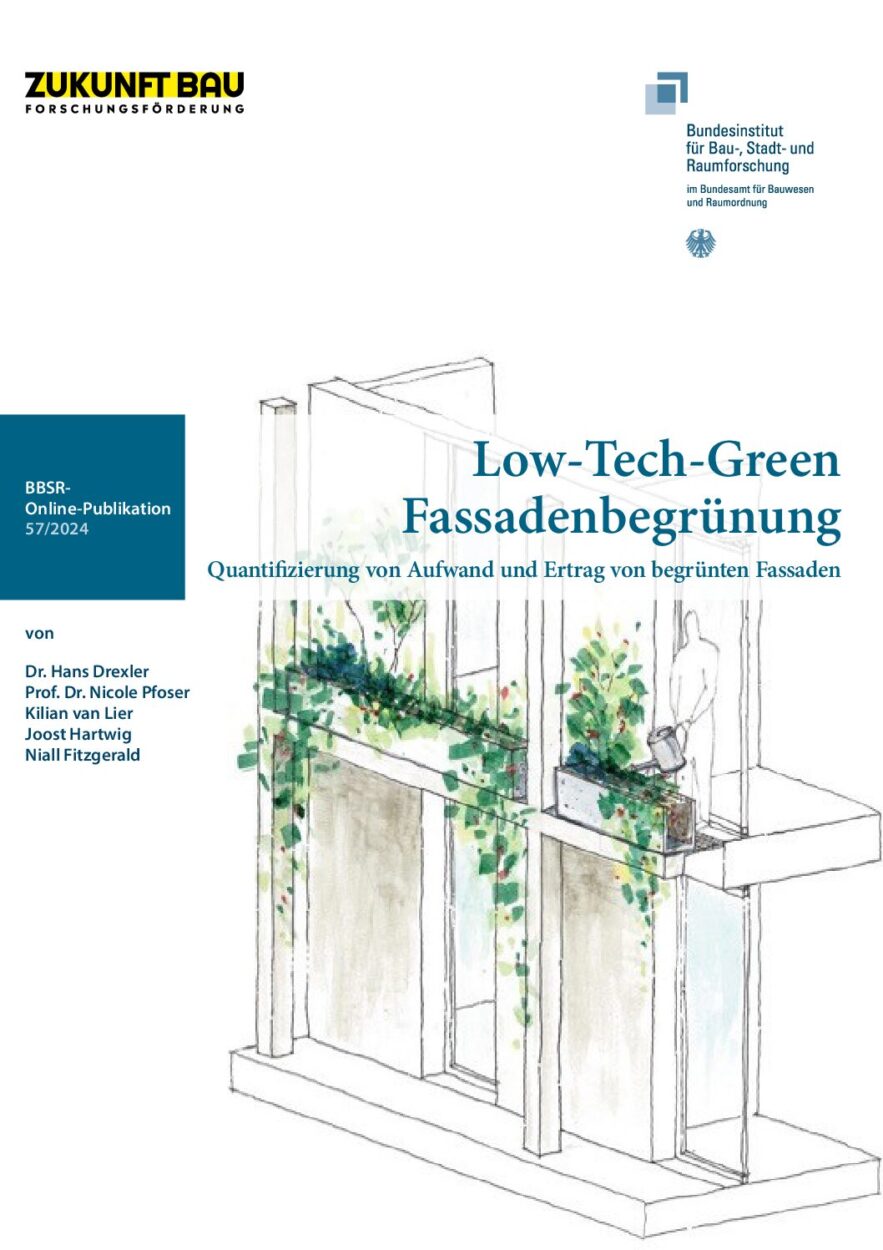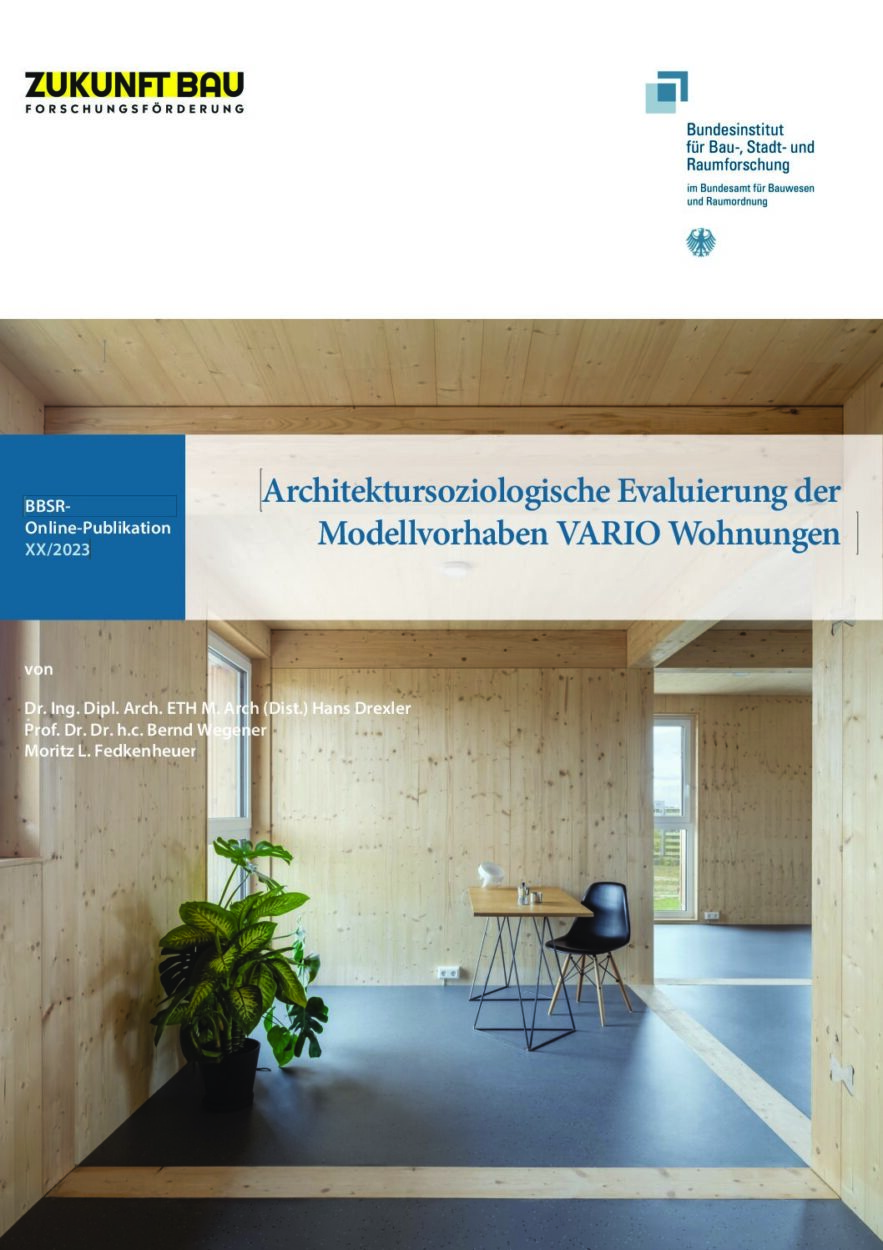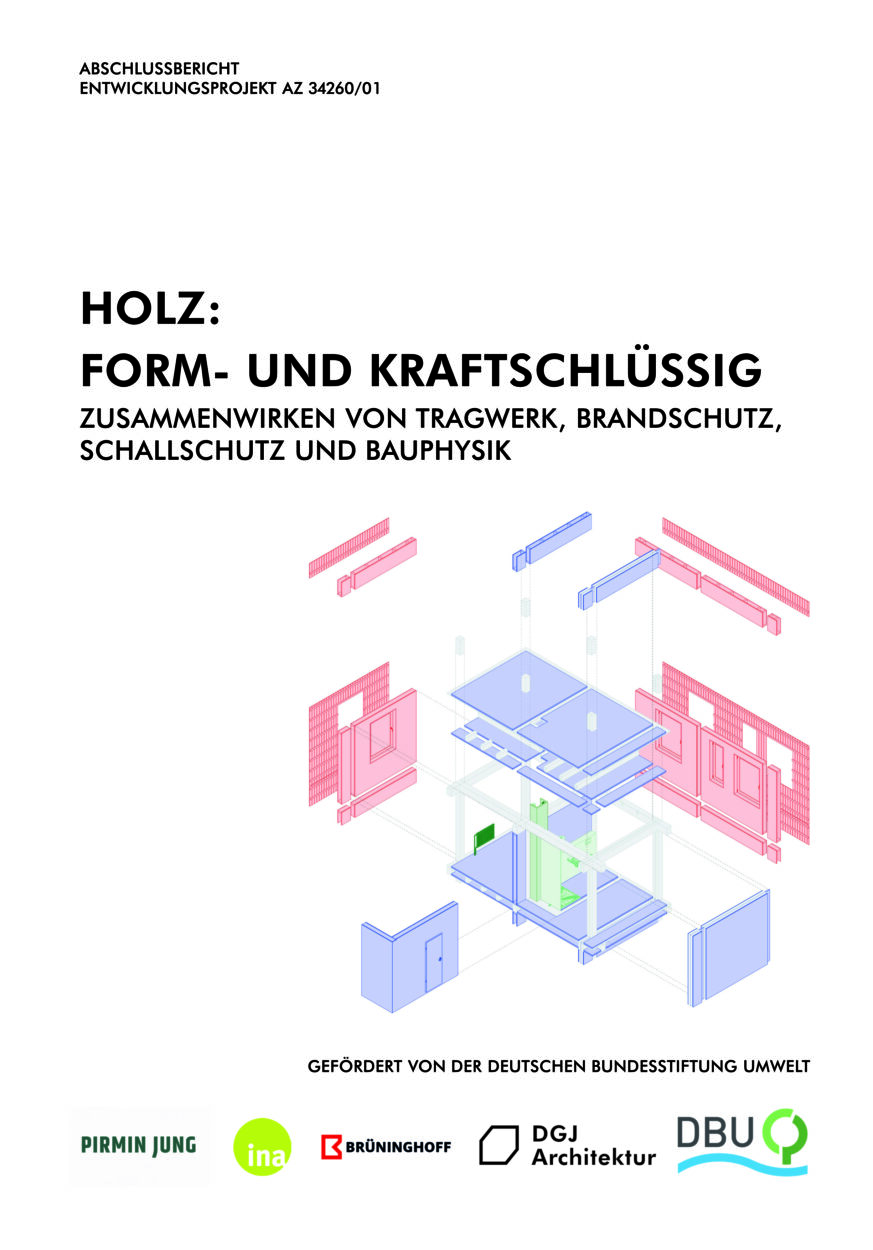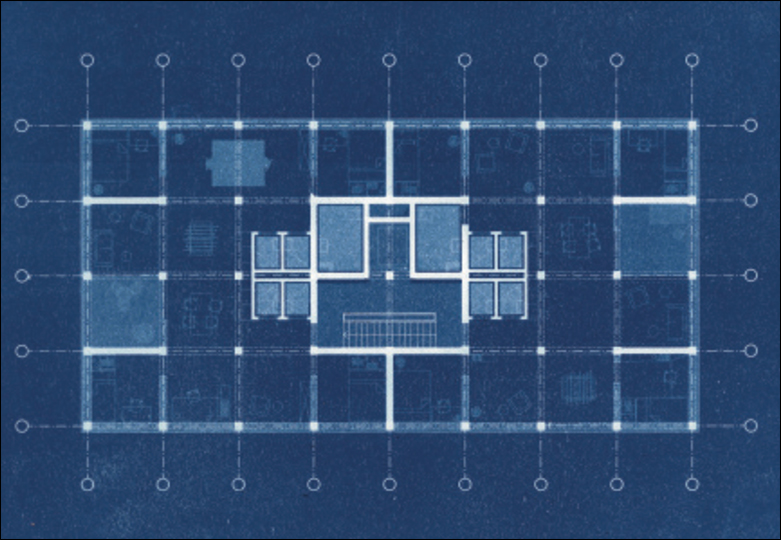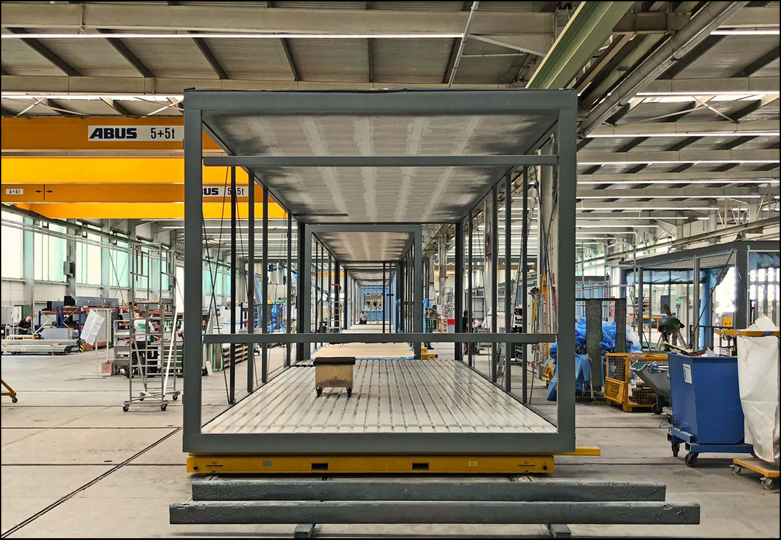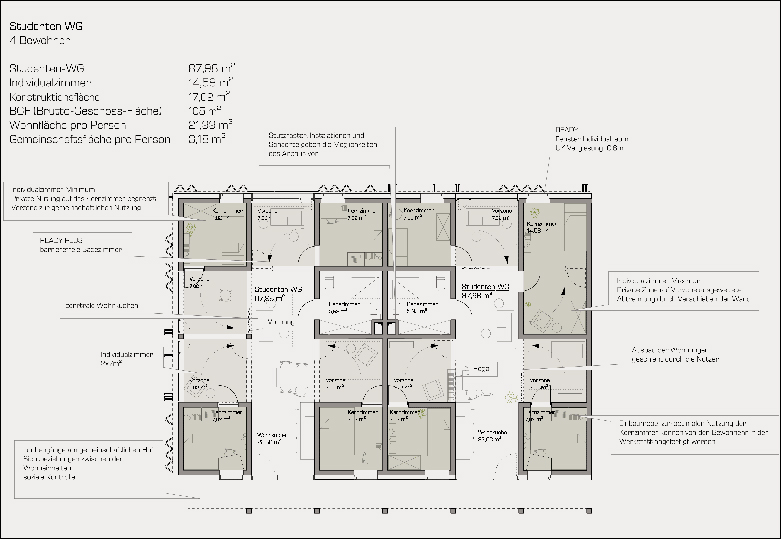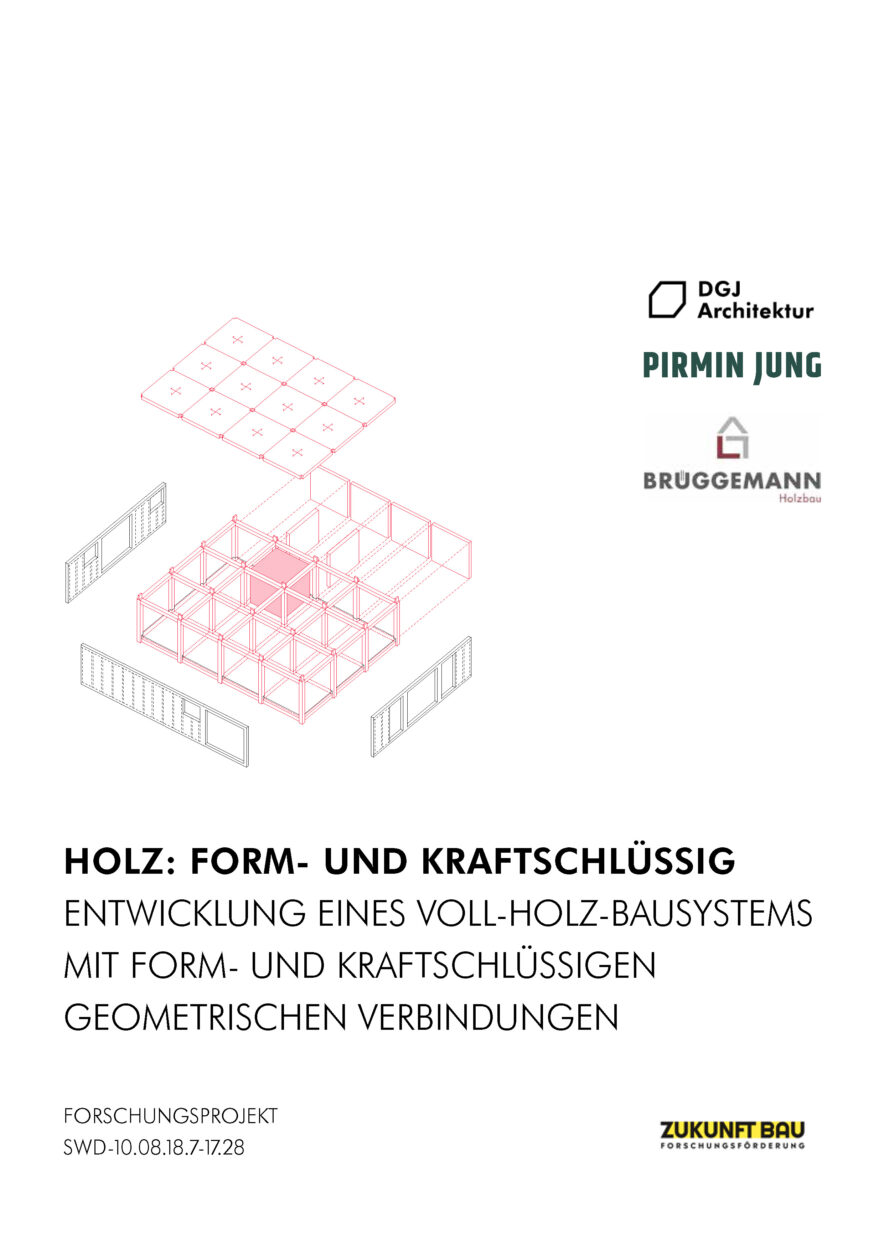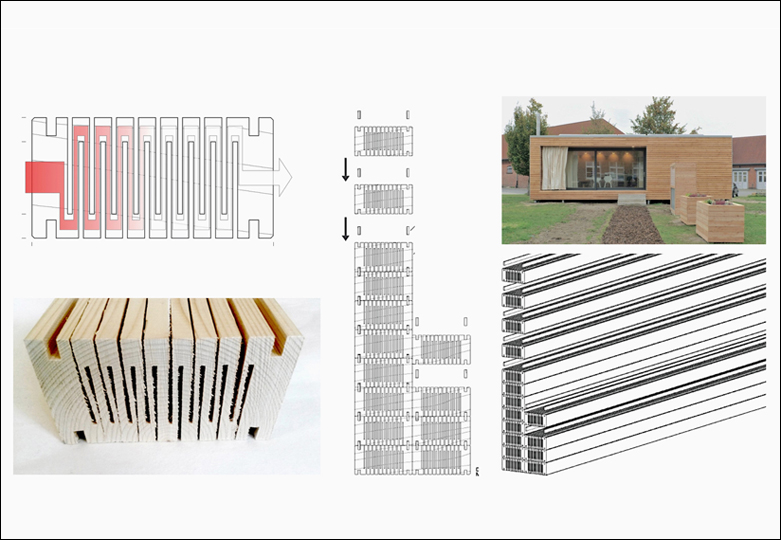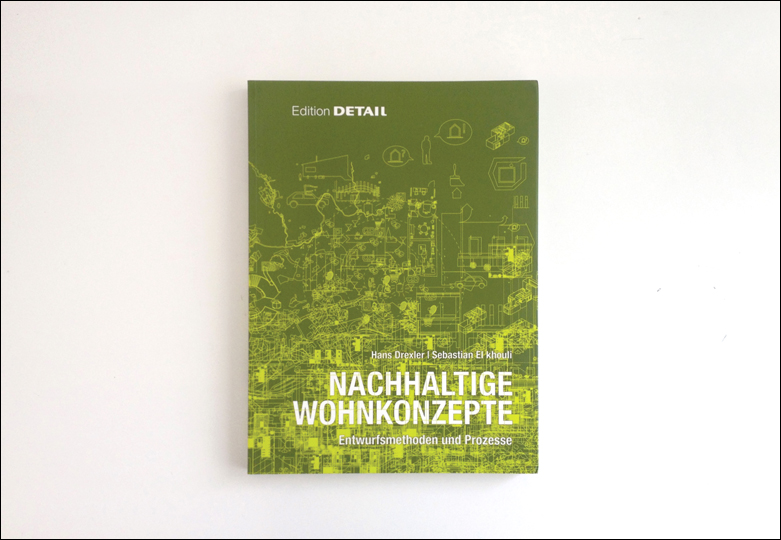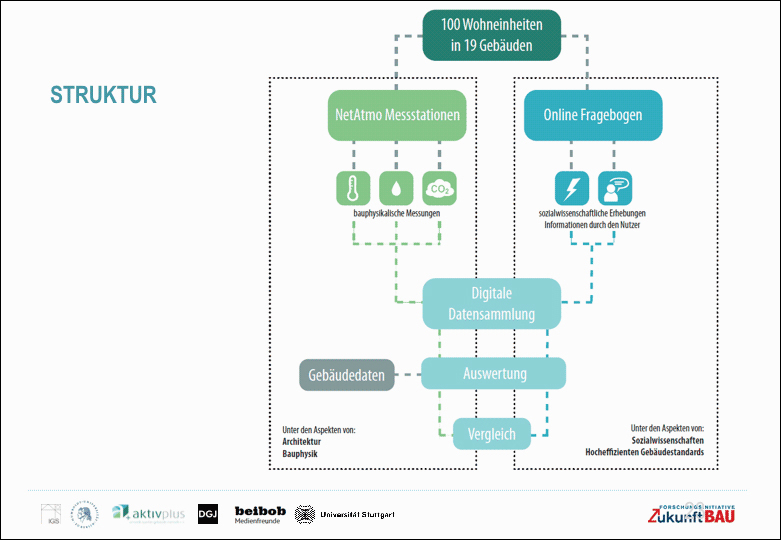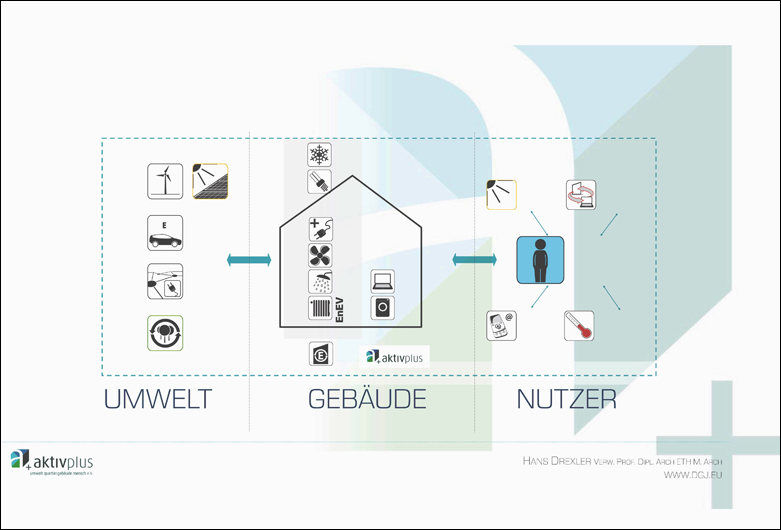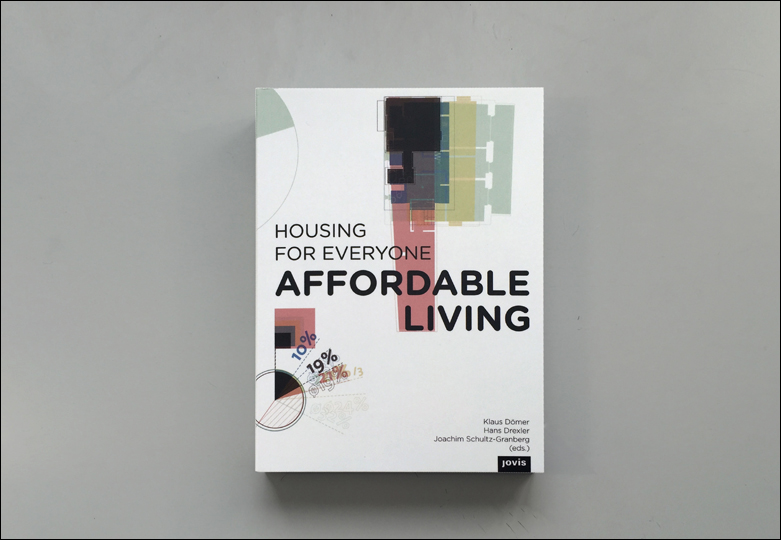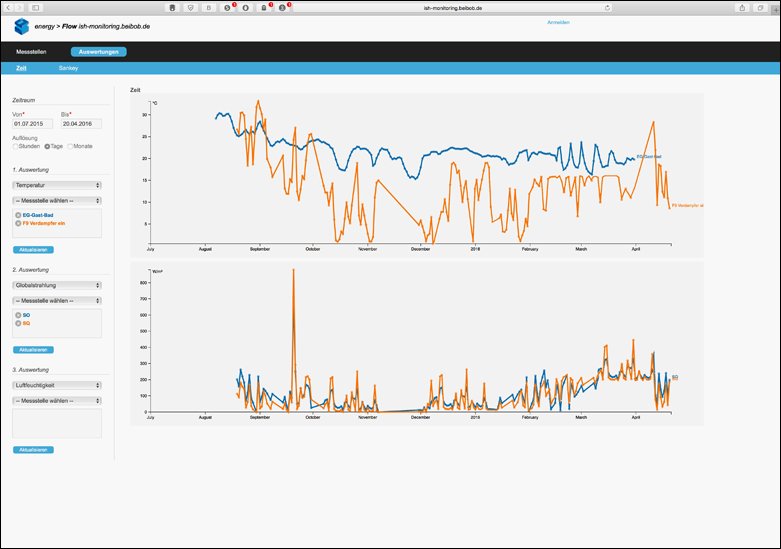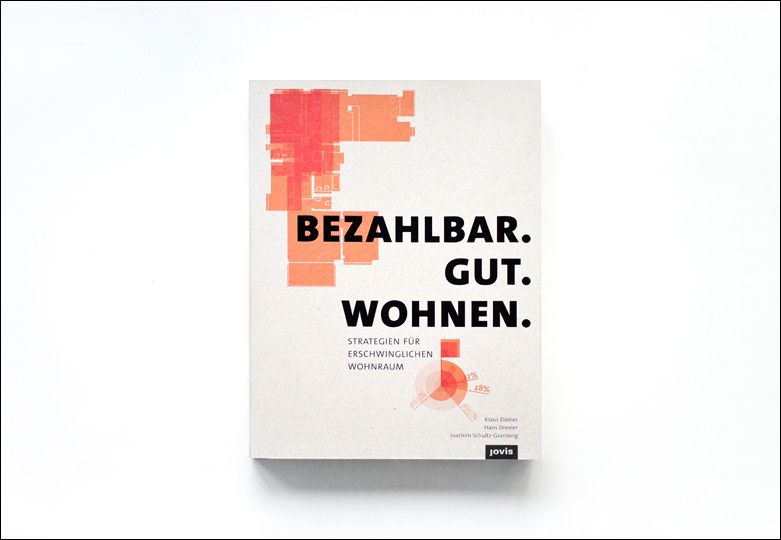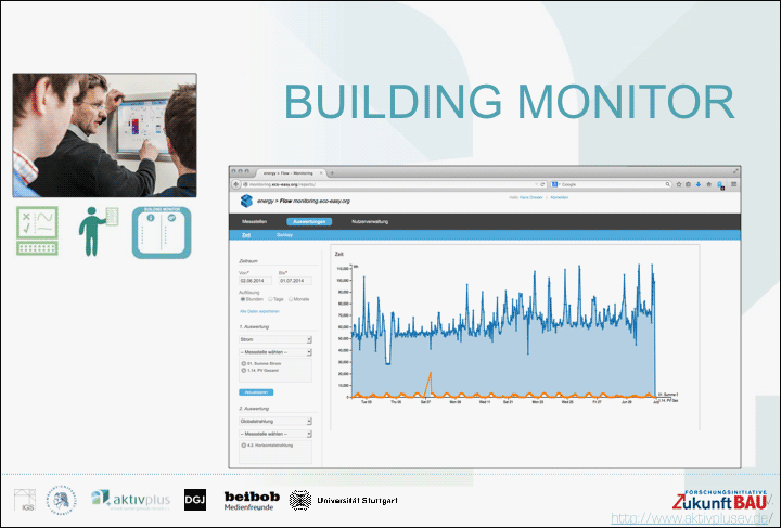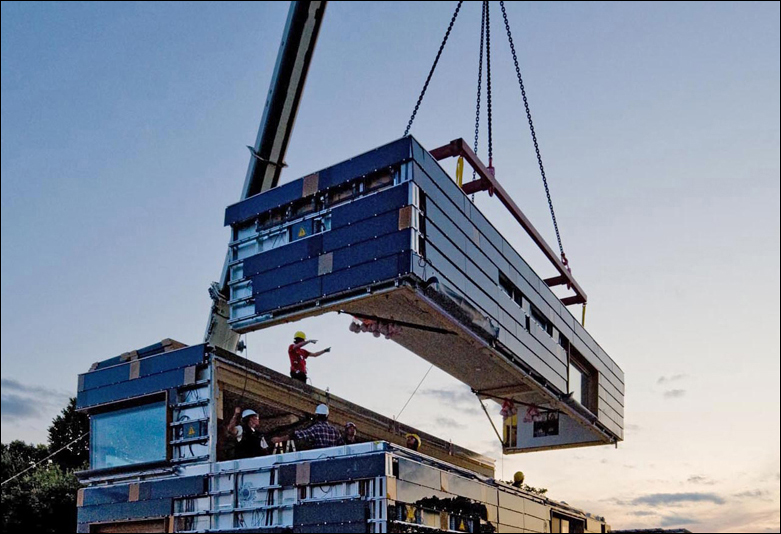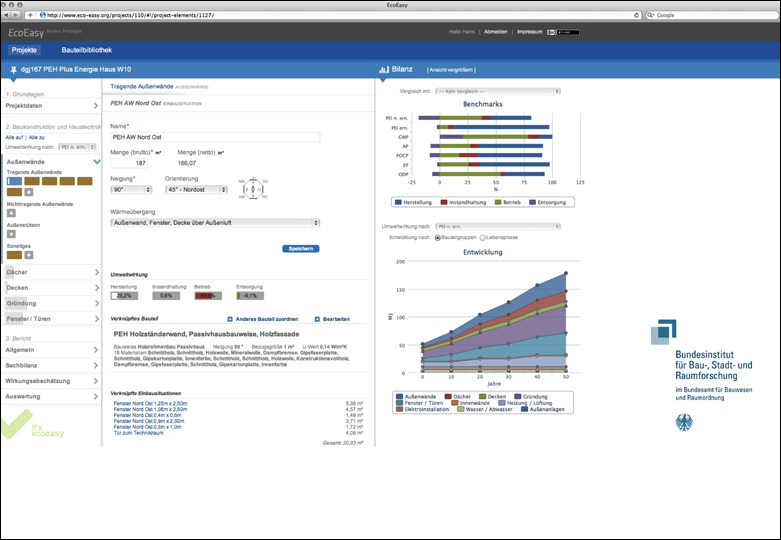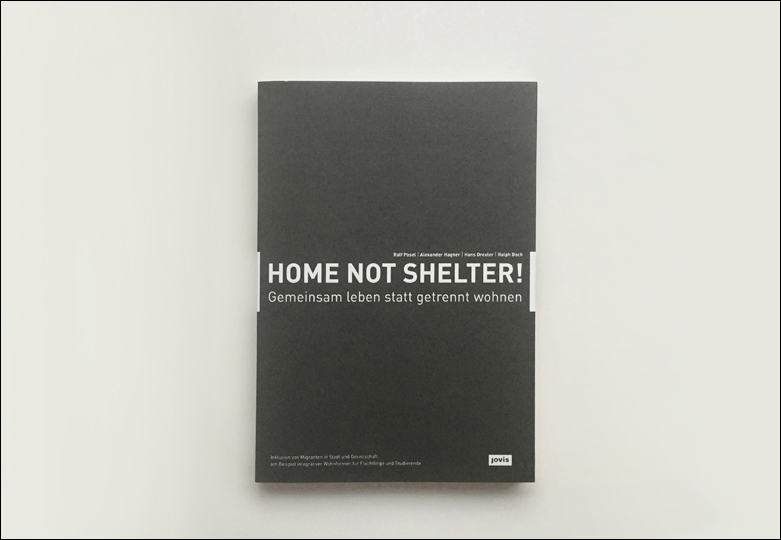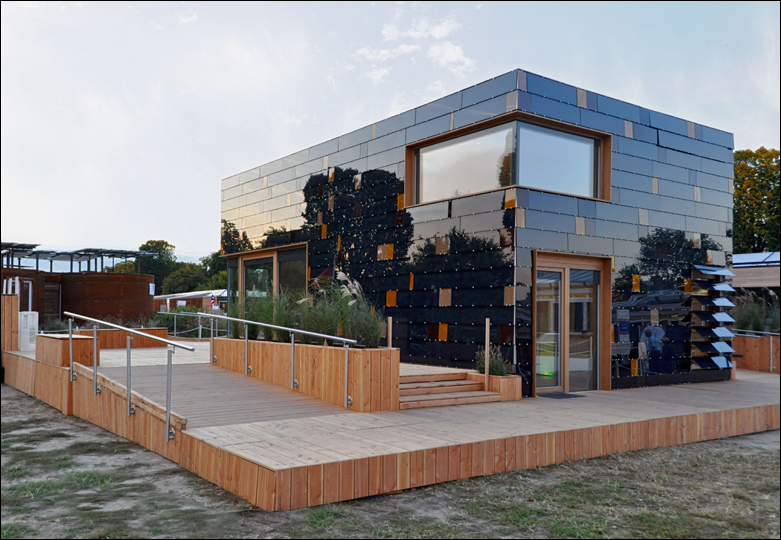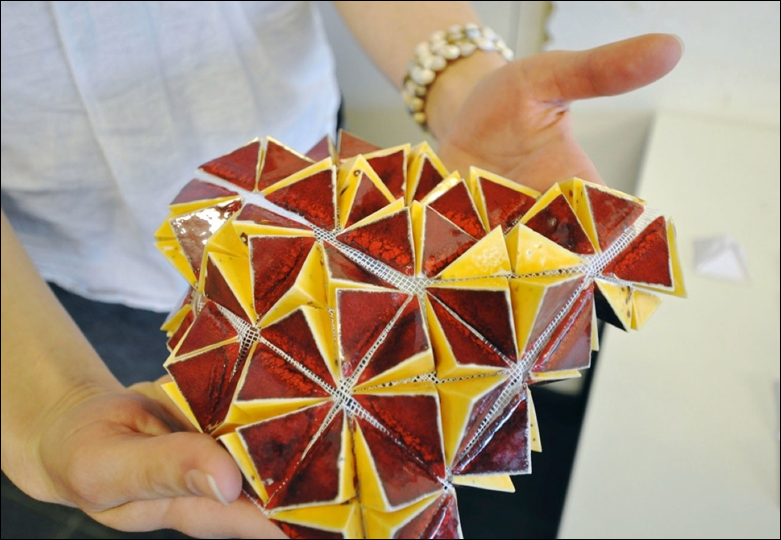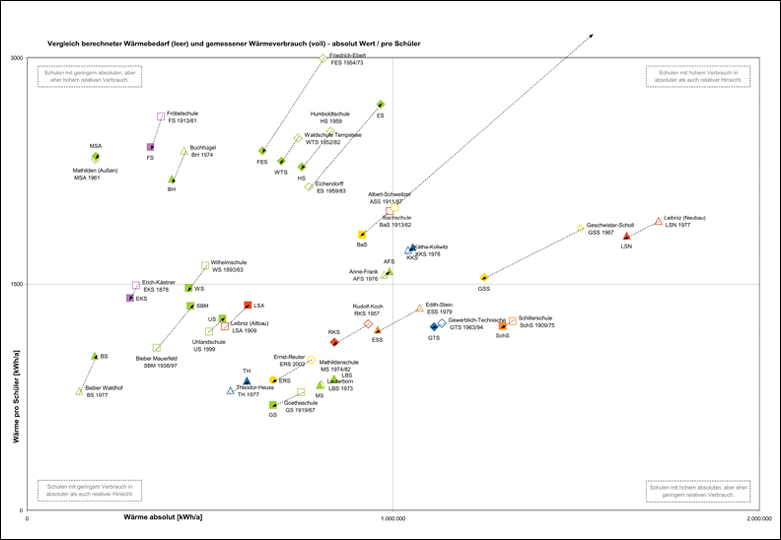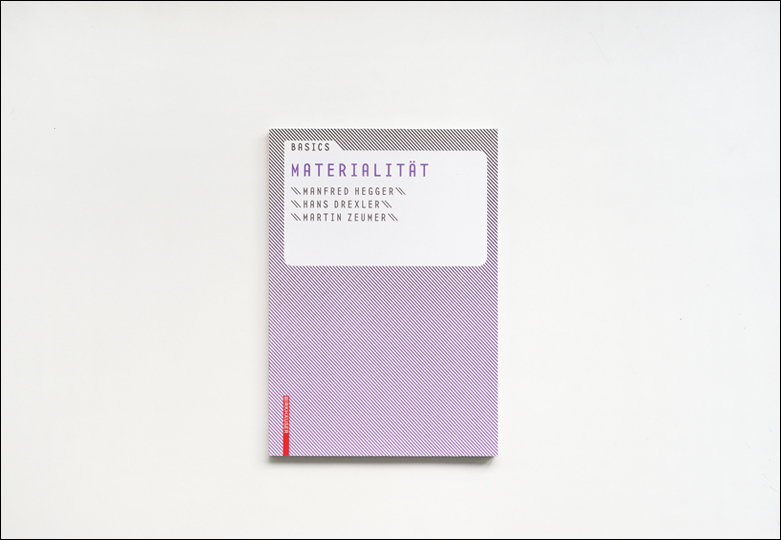res035 Change in the function of housing
Change in the function of housing – Inventory of current housing practice with the aim of projecting future housing needs (German only)
Period: 2021 – 2023
Supported by: Bundesinstitut für Bau-, Stadt- und Raumforschung (BBSR)
The coronavirus crisis has decisively changed our everyday lives. It has not only challenged medical and epidemiological research, but has also given rise to a wealth of social science studies. […] However, no projects have been registered on the architectural, sociological and urban planning consequences. This gap in crisis research in the field of architecture is to be addressed with the present study on research into housing needs in post-corona times. It examines the housing practices and housing wishes of the general population in Germany as a reaction to the experiences made during the crisis. What ideas of future housing do people have in view of the changes in the world of work and everyday life that the crisis has brought into sharp focus and which all observers assume will be permanent? As part of the Zukunft Bau research initiative, the project “Funktionswandel des Wohnens. Stocktaking and current housing practice with the aim of projecting future housing requirements”. It is based on a nationally representative survey of the adult population in Germany, which was conducted in summer 2022.
res034 BBSR Facade greening
Low-tech green: Façade greening
Period: 2021 – 2023
Research funding organisation: Federal Institute for Research on Building, Urban Affairs and Spatial Development (BBSR), Program “Zukunft Bau“.
Research partners: Hochschule für Wirtschaft und Umwelt Nürtingen-Geislingen (HfWU), ina Planungsgesellschaft mbH
The the essential progress of the present research is the creation of a quantitative basis for the effect of shading through façade greening.
The calculation approach presented here can be used for the verification of summer thermal insulation according to DIN 4108-2 and thus scientifically proves the shading effect of façade greening. The project presents a new, practice-oriented approach to façade greening and has developed a ‘low-tech’ construction method for this purpose, which is applied using the example of a specific prototype building.
This building is located in the representative environment of a typical application situation: a five-storey apartment block built directly next to the site of the 2023 Federal Garden Show in Mannheim, dgj253 WohnWerk.
res032 BBSR: Architectural and sociological evaluation of the VARIO housing model projects
Architectural and sociological evaluation of the VARIO housing model projects
Period: 2019 – 2023
Funding: BBSR – Federal Institute for Research on Building, Urban Affairs and Spatial Development
Team: DGJ Architektur, Survey Research & Evaluation GeSK mbH, Berlin
The Variowohnungen funding program supported pilot projects in new and existing buildings (conversion of former non-residential buildings) and provided scientific support and evaluation during their implementation. All projects focus on achieving high quality in an efficient manner, i.e., construction should be fast, inexpensive, and sustainable.
The BBSR commissioned the SR&E and DGJ Architektur working group to carry out the architectural-sociological evaluation in 2020. The buildings that were constructed and occupied were to be evaluated in terms of living quality and community development from the perspective of both users and operators. The aim is to identify the advantages and disadvantages of the various concepts and use them as a basis for guidelines for the development of community accommodation.
res031 DBU Form-fit and force-fit timber construction system
Form-fit and force-fit timber construction system – interaction of load-bearing structure, fire protection, sound insulation and building physics
Period: 2018 – 2024
Research funding organisation: Deutsche Bundesstiftung Umwelt
Research partners: PIRMIN JUNG Deutschland GmbH, ina Planungsgesellschaft mbH, Brüninghoff GmbH & Co. KG
The aim of the research project is to develop an innovative timber frame construction system in which nodes are designed as form-fit and force-fit geometric connections of the timber load-bearing elements. A prototype residential building (model project) is being developed, planned and built. The project is accompanied by the development of general principles and a planning methodology so that the innovation can be quickly transferred to general construction practice and building culture. In the model project, a timber skeleton construction method is being tested that is suitable for multi-storey, inner-city residential construction.
res025 Interaction of Space, Use and Construction
Design-based doctorate: Exploratory development of an interactive timber construction system for residential construction
Period: 2015 – 2020
University: PEP Entwurfsbasierte Promotion at TU Berlin
First examiner: Prof. Dr. Ignacio Borrego
The aim of the thesis is a new design method for sustainable building: Research is developing a building system that should meet the requirements of sustainable development when used. The possibility of such a system development is the central hypothesis of this research. For this purpose, the requirements of sustainability are translated into design and construction principles that are reflected in the internal logic of the building system. In a figurative sense, it is inscribed in the DNA. In order to achieve this, the following research questions arise: What requirements does a building have to meet in terms of sustainability? How can the construction system be optimized with regard to these requirements?
res024 Prefab Housing II
Research on production processes regarding increasing efficiency and cost reduction in affordable living
Period: 2017 – 2019
Funding: Forschungsinitiative Zukunft Bau of Bundesinstitut für Bau-, Stadt- und Raumforschung (Aktenzeichen: SWD-10.08.18.7-17.56)
Team: Hans Drexler, Philip von Rüdiger, DGJ Architektur GmbH; Jutta Albus, Fakultät Architektur und Bauingenieurwesen, TU Dortmund
Support: Tobias Haag, Internationale Bauausstellung Thüringen GmbH
The study examines industrial production processes of construction systems and their components with a high level of prefabrication regarding the potential on affordable and high-quality housing. The focus is not on the building as a product, but on the production of subsystems and their interaction. The research is based on valid data on costs and quality. The data represents recent production processes on prefabricated housing.
res023 BBSR: Investigation of Community and Individual Housing Needs
Research project for the empirical comparison of three concepts of students housing
Period: 2016 – 2019
Support: Society for Empirical Social Research and Communication mbH | Survey Research & Evaluation
Team: Humboldt University Prof. Dr. Dr. Bernd Wegener, Moritz Fedkenheuer, DGJ Architektur
Housing is subject to constant change. Technical progress, energetic requirements, demography and ever-changing lifestyles are the challenges of building the future. The research project will investigate which forms of living and architecture reflect the social requirements and lead to high satisfaction of the users. Central is the question of the interaction of the inhabitants with the dwelling (architecture). One of the focal points is the question of how an innovative floor plan design can be used to change the use of space and functional layout in such a way that it can be flexibly changed by the user. Thus, the question can be explored, which rooms and areas of life can and should be individualised and shared. Therefore, highly flexible to be compared with conventional apartments. Specifically, the research consists of an empirical comparison of three living concepts of shared housing.
res022 Timber: Form-fit and force-fit - Development of a solid wood construction system with form-fit and force-fit geometric connections
Timber: Form-fit and force-fit – Development of a solid wood construction system with form-fit and force-fit geometric connections
Period: 2019 – 2021
Sponsor: Funded by the ZukunftBAU research initiative of the Federal Institute for Research on Building, Urban Affairs and Spatial Development (BBSR) at the Federal Office for Building and Regional Planning (BBR)
Research partners: PIRMIN JUNG Deutschland GmbH, SAINT-GOBAIN Brüggemann Holzbau GmbH
The aim of the research project is to develop a timber construction method that is based on connections and junctions through form-fit and force-fit, geometric joining of the load-bearing elements. In the model project, a timber skeleton construction method is being developed and tested that is suitable for multi-storey residential construction. housing construction. The requirements for the load-bearing structure and fire protection are fulfilled by the shaping and dimensioning of the timber elements.
Its unique selling point is its comprehensive and systematic approach. In the building system developed, all connection points and construction details of the load-bearing structure were considered and translated into timber-timber connections. The result is a construction system with all connection details and dimensions,
that can be applied to numerous construction tasks.
Furthermore, an Excel calculation tool was developed that can be used to create initial estimates of the costs and performance of the construction system in a specific application.
Published by Fraunhofer IRB Verlag of the Fraunhofer Information Centre for Planning and Building IRB
Click to Download (only German)
Click to download the calculation tool and the user manual for the calculation tool (German only).
res014 Timber Prototype II
Research and development project for a highly insulating solid wood construction
Period: 2016 to 2019
Funding: BBSR – Federal Institute for Building, Urban and Spatial Research; Research initiative ZukunftBau
Team: Jade University of Applied Sciences Oldenburg, Professorship Construction, Energy and Building Systems; University of Stuttgart, Prof. AA Dipl. (Hons) Achim Menges, IBA Thüringen, BBSR, Research initiative ZukunftBau
As part of the research initiative »Future construction« of the federal government, a small but fine experimental house was formed on the site of the Egon-Eiermann building in Apolda in cooperation with the team of Prof. Achim Menges (University of Stuttgart) and Hans Drexler (Jade University of Applied Sciences Oldenburg ) as well as the IBA Thüringen. The aim was to demonstrate the potential of the simple and regional building material timber with the help of modern and digital design tools and manufacturing technologies. Based on the principle of traditional log cabins – but significantly evolved. The result ist an approximately 15 square meter Prototype out of vertival and freely arranged wooden beams. Because of the digital treatment of the timber, the isulation value could be improved as well as the high-precision joining and connection solutions could be realized.
res009 Timber Prototype I
Research project for the development of highly insulating solid wood construction methods, self-construction project
Period: 2012 to 2014
Funding: MSA Münster School of Architecture
Partners: Münster School of Architecture, Terhalle Holzbau
The research project investigates how timber can be used to develop new building structures that fulfil the important functions of modern buildings. Through specific profiling and joining of individual elements timber structures perform all important functions: load-bearing, thermal protection, and are moreover are easier to disassemble and to recycle. By translating traditional carpenter joints into modern three-dimensional forming methods, a building system is to be developed in which the constructive and building physics requirements for timber construction are met by the form and joining of the building components.
res008 Sustainable living concepts
Released: June 2012
Authors: Hans Drexler, Sebastian El Khouli
Publisher: Edition Detail, Munich
“Holistic Housing. Concepts, Design Strategies and Processes” is a fundamental reference work on housing construction. The book deals with the issue of sustainability in a planning context but also analyses a building’s usage and ageing over its “life cycle”. A system of criteria specially developed in an accompanying research project can be used to compare and evaluate buildings. It can also be used as a tool for optimising the sustainability of buildings in development during the planning process. By contrast, most existing sustainability systems are conceived not as design and planning tools, but as instruments for evaluating finished buildings and completed planning.
res034 Landscape Strategies in Architecture
Dissertation for the purpose of obtaining the degree of doctor: Landscape Strategies in Architecture by Daniel Jauslin
Graduation: 2019
University: Delft University of Technology
First examiner: Rector Magnificus, prof.dr.ir. T.H.J.J. van der Hagen, chair of the Board for Doctorates
The central question and purpose of the thesis is to understand how landscape as a design concept is changing our understanding of architecture. It explores the ways in which landscape is relevant for design strategies in architecture. Buildings that have been designed like landscapes have become a topic in contemporary architecture and in the recent literature about it. The apparent distinction between architecture and landscape is questioned in exemplary theoretical works and building designs with increasing interest in landscape as a phenomenon of contemporary architecture.
res021 BBSR: Well-being and Building Monitoring in Highly Efficient Residential Buildings
Development of methods for the collection and evaluation of user satisfaction, building performance and interaction between dwellings and residents
Duration: 12/2015 to 12/2017
Funding: BBSR – Federal Institute for Building, Urban and Spatial Research
Team: TU Braunschweig, University of Stuttgart, Humboldt University, AktivPlus e.V., Berlin Institute for Social Research, DGJ Architektur, Beibob Medienfreunde, VELUX Group
Research project to develop methods for recording and evaluating user satisfaction and building performance. Buildings are not just technical facilities, but the living environment of people. For this reason, the interaction between the buildings and the people can not be described solely by means of quantitative characteristics and building physics. The aim of this project is to compare and combine objective and subjective methods for describing user comfort, cosiness and energetic performance of buildings.
res011 Development of the Aktivplus Standard
Development of the Aktivplus standard
Period: since 2013
Funding: AktivPlus e. V. – Mühlenpfordtstraße 23, 38106 Braunschweig
Homepage: http://www.aktivplusev.de/
The focus of the non-profit initiative “AktivPlus e.V.” is the development of a sustainable new energy standard for buildings and neighbourhoods. The unique concept of the AktivPlus aims to optimise energy consumption, construction and living comfort for the user.
res010 Affordable Living Study I
Basic research on strategies for affordable housing: book project, 6 exhibitions and symposia
Period: 2013 to 2016
Funding: Wüstenrot Foundation, Robert Bosch Foundation, MSA, AIT, Gesellschaft für Knowhow-Transfer in Arch. u. Bauwesen mbH, BDA
Team: Klaus Dömer, Hans Drexler, Joachim Schultz-Granberg, MSA Münster School of Architecture, AIT ArchitekturSalon
Housing is a basic need that, for many all over the world, remains unmet or inadequate. In order to ensure the availability of quality living space for everyone, architecture and urban development can contribute significantly to finding new solutions. The challenge of affordable housing lies in achieving an optimum relationship between costs and the “home quality“ value, which is dependent on many local parameters and cultural preferences.
res007 Monitoring Plus Energy House Böhrer
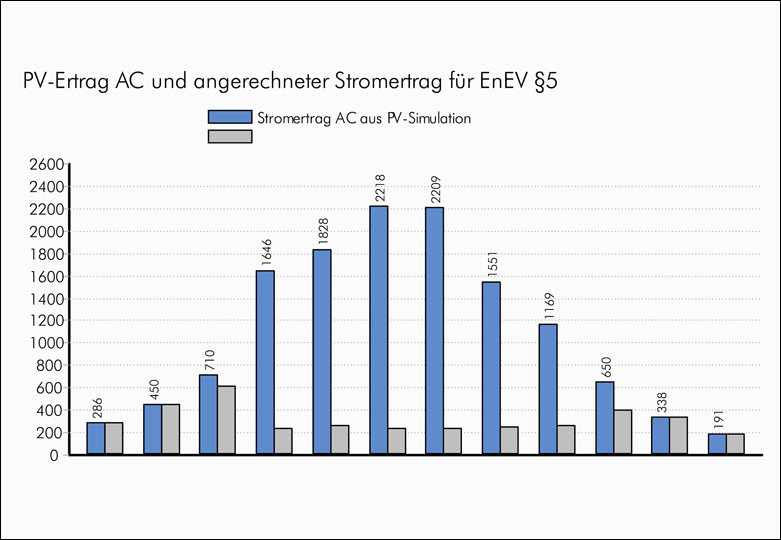
Monitoring House Böhrer (BBSR Network Efficiency House Plus)
Period: 2013 to 2014
Funding: BBSR – Federal Institute for Building, Urban and Spatial Research
Team: DGJ Architektur; WebFactory, Buchen
Intelligent measuring and control technology is the future technology in monitoring buildings. The use of this technology within the framework of an Efficiency House Plus offers potential for efficiency, because the intelligent self-consumption of self-generated energy can be maximised through the intelligent coordination of energy supply and energy consumption. Web-based technologies for measuring and controlling components will be the backbone of decentralised energy supply in the future. The advantage is that different components, building services, consumers and measurements can be brought together in a single system. External information, such as weather forecasts or energy supply and demand, can be integrated into the supply networks.
res028 Monitoring Efficiency House Plus - Boarding School
Research support of the plus energy house. Development of a monitoring software tool
Period: 2013 to 2016
Funding: BBSR – Federal Institute for Building, Urban and Spatial Research, BMVBS
In the field of plus energy buildings, there is still little experience on the behaviour of buildings in operation. Using the example of the residential building for students, a monitoring concept is to be developed that can be implemented with simple means and with the participation of the users. The semi-manual monitoring is based on the fact that already with a small number of measuring points and the usage of already available consumption values a statement can be made about energy production, energy consumption and distribution.
res027 Bezahlbar.Gut.Wohnen - Strategies for Affordable Living
Published: October 2016
Authors: Klaus Dömer, Hans Drexler, Joachim Schultz-Granberg
Publisher: Jovis, Berlin
“Bezahlbar.Gut.Wohnen. – Strategien für erschwinglichen Wohnraum” is a second, extended German edition of the book “Affordable Living”. Different strategies and methods for creating affordable housing were collected, elaborated and compared in a summary. In addition, the consideration has been extended to two levels, placing the question of affordable housing in a social context. This expansion requires the resolution of the strict limitation to architects and urban planning. The question of housing is also presented as a social phenomenon in causes and effects.
The book won the International DAM Architectural Book Award 2017, which is the highest award from the Frankfurt Book Fair and the German Architecture Museum (DAM) for the ninth time in 2017. The book was also short-listed for the Award “the most beautiful German books” and is a nominee for the German design award 2018.
res016 Building Monitor Active Plus / Climate KIC
Development of a monitoring system for residential buildings for energy consumption and living comfort
Period: 2015 to 2016
Funding: Climate-KIC | The EU’s main climate innovation initiative
Team: DGJ Architektur, VELUX Group, Tech. Univ. of Denmark (DK), NetAtmo (FR), AktivPlus e.V. (DE), Humboldt Univ. Berlin (DE), Beibob Medienfreunde Darmstadt (DE)
The project “Building Monitor” developed a system for the monitoring objective (physical) and subjective (psycho-sociological) information about user comfort, indoor climate and energy performance of buildings. In this way we evaluate and optimize the building performance of the houses. This monitoring opens up new possibilities to reduce CO2-emmissions and to improve the Well-Being of the inhabitants. Therefore, new tools and methods were developed to describe the indoor climate and energy performance of buildings and optimize the interaction of the people living in it.
At the beginning of the research it was assumed that the indoor climate and well-being of the user can be reduced to a unified model valid for all users. This assumption has proven to be wrong and with the new findings comes, a shift of the research away from a unified model to identifying individual preferences of users and the modification of the indoor climate model according to subjective criteria.
res015 Prefab I – Prefabricated Housing Construction ‚Best Practice‘ Analysis
Comparative study of prefabricated construction systems
Period: 2015 to 2016
Funding: IBA Thüringen
Team: Jutta Albus, Klaus Dömer, Hans Drexler
The study examines industrially manufactured buildings with a high degree of prefabrication regarding their potential for creating cost-effective and high-quality housing. This study is based on building systems that have been implemented and are available on the market, which allows for the validation of costs and quality. The selection of best practice examples gives an overview of currently practices in prefabricated housing. Usable materials (wood, reinforced concrete) and construction systems are pointed out and different constructional and conceptual approaches within these categories are examined.
res004 EcoEasy - Development of a Life Cycle Assessment Tool
Development of a user-friendly life cycle assessment software
Period: 2010 to 2011
Funding: BBSR – Federal Institute for Building, Urban and Spatial Research
Team / partners: DGJ Architektur, BEIBOB Medienfreunde GBR, Department of energy-efficient building design TU Darmstadt
With EcoEasy, a user-friendly software oriented to the planning process was developed, which enables an estimation of the environmental impact already in the preliminary planning based on existing planning parameters such as building volume, primary construction and heating system. With EcoEasy, the life cycle assessment method is transferred to the early planning stages, and the balance sheet of the German energy saving ordinance is extended to include the important topic of the life cycle assessment of building construction.
res012 eLCA-Plus Extension life Cycle Inventory
Extension of the calculation algorithms for the life cycle assessment of existing buildings
Period: 01/2014 to 10/2014
Funding: BBSR – Federal Institute for Building, Urban and Spatial Research
Team: DGJ, Beibob Medienfreunde Darmstadt, INA Institute for Sustainable Architecture Darmstadt
With the help of the online accounting tool “eLCA” developed by BBSR since September 2012 (grant code SWD – 10.08.17.7-12.33a), life cycle assessments for office and administration buildings can be created on the basis of the building materials database ökobau.dat published by the BBSR. This is made possible by the information given by components of material and elements as well as by the use of energy sources for the operation of a building. The inputs can be evaluated in different variants and planning phases in terms of their environmental effects over the life cycle BNB-compliant.
res003 Minimum Impact House
Research project for the development of sustainable housing in inner cities
Period: 2006 to 2007
Funding: DBU German Federal Environmental Foundation
Team: Drexler Guinand Jauslin Architects; Department ee, Prof. M. Hegger, TU Darmstadt
The Minihouse is the prototype for a single-family house in the city centre, which offers 154 qm living with a footprint of only 29 qm area. The project combines two important themes: How should housing be created in cities without the landscape being increasingly destroyed? How can sustainable environmental impacts, economic effort and sociocultural factors of construction be optimised? The goal was to carry out a holistic systemic optimisation of sustainability using the example of a manageable residential building.
res029 Lecture Series “Sustainable by Design”, MSA
Symposium and lecture series, book publication on the integration of sustainability issues in curriculum and teaching at the MSA
Period: 2010 to 2011
Funding: MSA Münster School of Architecture
The symposium series followed by a lecture series and book publication dealt with the holistic and comprehensible presentation of the contexts of sustainable building. The event took place at the Münster School of Architecture with international participation. Lecturers included Stephen Kieran, Günther Pfeifer, Martin Haas, Phillip Rahm, Dominique Gauzin-Müller, Eike Roswag, Jesko Fezer, Gerhard Kalhöfer, Martin Rauch, Manfred Hegger, Hans-Dieter Hegner.
res019 Home Not Shelter! Network
International academic initiative for inclusive housing
since 2015
Funding: Hans Sauer Foundation
Team: Hans Sauer Foundation, Sophie Wolfrum, TU Munich; Alexander Hagner, Vienna University of Technology; Ralf Pasel, TU Berlin; Jörg Friedrich, University of Hannover; Hans Drexler, Jade University Oldenburg
Homepage: https://homenotshelter.com/
“Home Not Shelter! – living together instead of housing separately?” is a cross-university initiative for the creation of integrative housing solutions for migrants and students. The designs made by the students will be further developed within the Social Elevation Days in Munich and discussed with invited experts to examine possible implementations.
res000 Solar Decathlon
Research and development project for self-sufficient residential buildings. International competition.
Period: April 2008 to August 2009
Funding: Technical University Darmstadt
Team: Department of energy-efficient building design TU Darmstadt, Prof. M. Hegger
The surPLUShome of the TU Darmstadt aims to demonstrate innovative, sustainable design. Our vision is to anchor energy efficiency and sustainability as added value in everyday life. The house has many elements that allow the user to break away from a classic concept of living and to generate new, efficient lifestyles. Different levels of ground floor and gallery allow an open, spacious living space and define different zones. The project is described in detail in the book “Sunny Prospects” by Manfred Hegger in Müller + Busmann Verlag.
res005 Ceramics - Material Innovations
Teaching and research project for the development of ceramic product ideas
Period: 2007 to 2009
Funding: ASCER Ceramics
Team: Department of energy-efficient building design TU Darmstadt, Prof. M. Hegger
The exploration of new uses of ceramics in architecture was the core of this teaching and research work, which took three semesters. The students explored the characteristics of the material ceramics and the consequent constraints and opportunities in the construction industry. The result was the development of a series of technical and design innovations that open up new possibilities for architecture and new and promising sales markets for the ceramics industry.
res026 Energetic School Renovations, Offenbach am Main
Analysis and evaluation of the total stock of school buildings of the city of Offenbach am Main
Date: 2006 to 2007
Funding: City of Offenbach am Main
Team: Department of energy-efficient building design, TU Darmstadt
Inventory conversion of the school building stock of the city of Offenbach. 28 school buildings are recorded in their relevant characteristics. For the admission of the school buildings we developed a questionnaire for the inventory in the buildings. The questionnaire was specified by on-site inspections and adapted specifically to the type of school and is documented in detail in the interim report. The collected data allows a qualitative analysis of the energetic weaknesses and potentials of the buildings among each other in comparison. A custom-made Excel software for calculating and compare the total heat demand of all school buildings and gymnasiums, created by the team.
res020 Efficient Building Affordable Livings
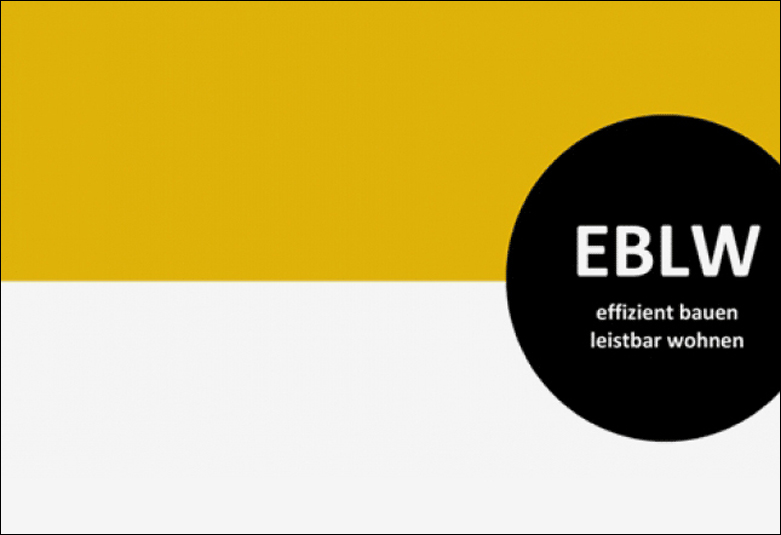
Model project of experimental housing
Period: since 2016
Funding: Supreme building authority in the Bavarian Ministry of the Interior, for construction and traffic
Team: Drexler Guinand Jauslin Architects GmbH, Hans Drexler; ee Concept, Matthias Fuchs
The Supreme Building Authority in the Bavarian State Ministry of the Interior, for construction and traffic has been promoting model projects for almost 30 years and is supporting the further development of construction. In view of the current need to build more affordable housing, this project is about looking for contemporary forms of housing and construction that make it possible to make the best use of residential land and make housing more affordable. The cooperation partners Drexler Guinand Jauslin Architects GmbH and ee concept were commissioned by the Supreme Building Authority for the “optional scientific project consulting”. During the planning phase, appropriate advice is offered to ensure the success of the model project and to make full use of the innovation potential of the projects.
res030 Book Project: Basics - Materialität
Release date: January 2007
Authors: Manfred Hegger, Hans Drexler, Martin Zeumer
Publisher: Birkhäuser, Basel, Berlin
The book “Materialität” in the series “Basics” explains the basics of choice of materials in architecture and introduces materials commonly used in construction, such as: wood, concrete, natural stone, metals, and various plastics. The production, properties, applications and recyclability of the materials are explained. In addition, design strategies are presented in which the use of materials in terms of its framework conditions, effect and detail can be of importance.
res002 Architectural District Management Mathildenviertel Offenbach
Field study and consultations on potentials for the urban renewal and creation of housing
Period: 2006 to 2007
Funding: City of Offenbach am Main
Team: Department of energy-efficient building design, TU Darmstadt
The neighbourhood “Mathildenviertel” in Offenbach has not yet reached its full potential. Therefore, the city of Offenbach commissioned DGJ Architektur to assist homeowners in the revaluation and long-term profitable use of their properties. This could be achieved by providing state-sponsored consultations and advice for the restructuring, modernisation, and by advising on suitable funding concepts.
res001 BASF - Material Innovations
Research project for the development of product ideas made of translucent polyurethane
Period: 2006 to 2008
Funding: BASF AG, Ludwigshafen
Team: Department of energy-efficient building design, TU Darmstadt
The starting point for the research project is a new concept for a material that was developed by BASF in laboratory form: A translucent thermal insulation material in which PMMA fibres were laid in a bedding of opal polyurethane. The challenge was identify suitable applications for architects and interior designers for the new material.

